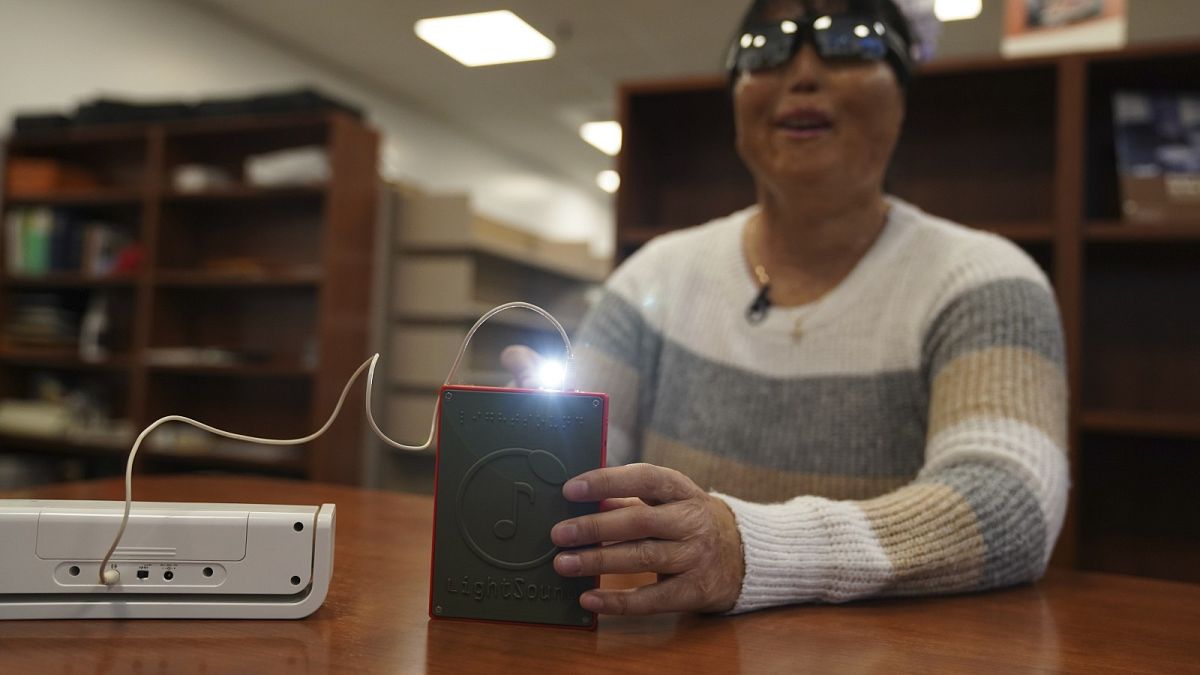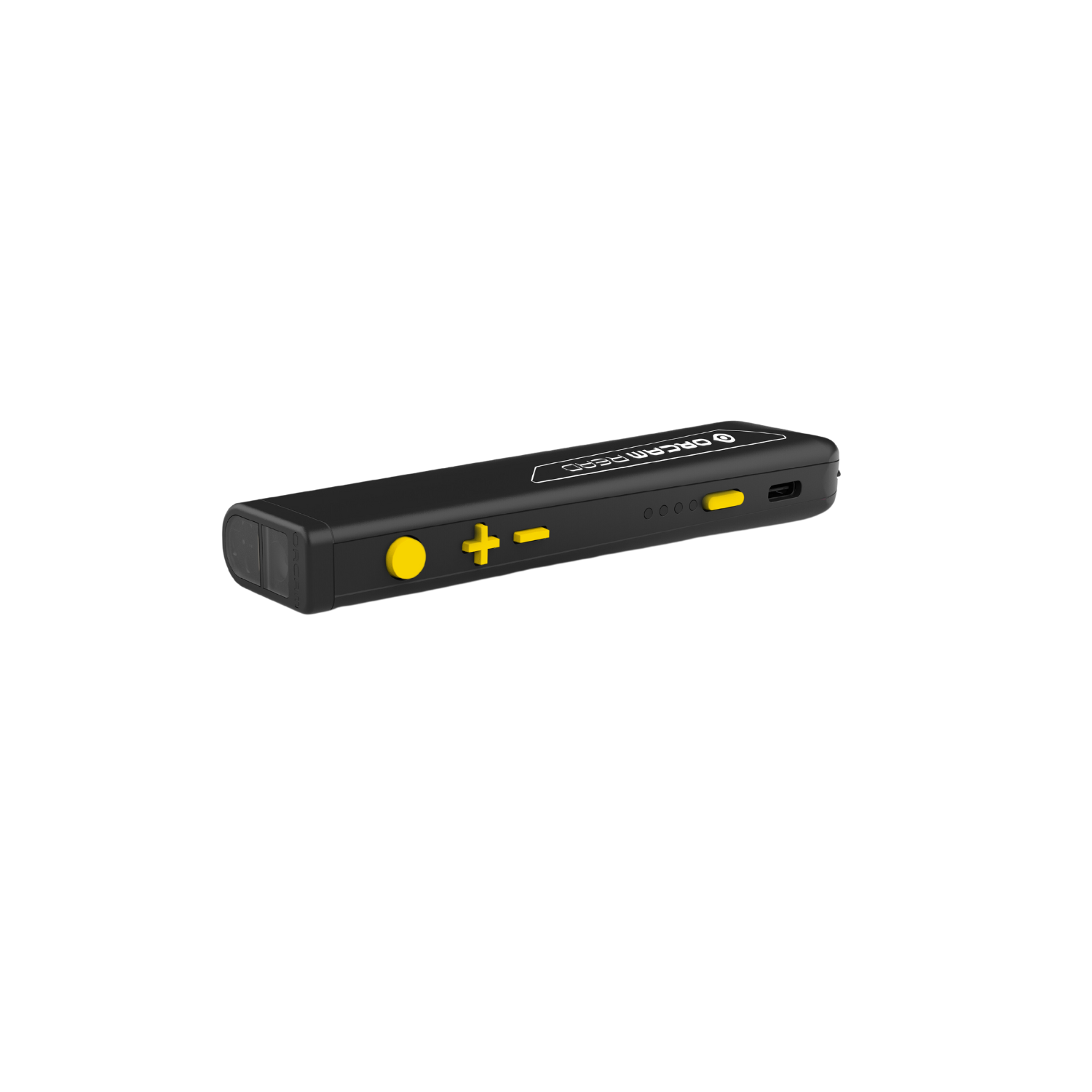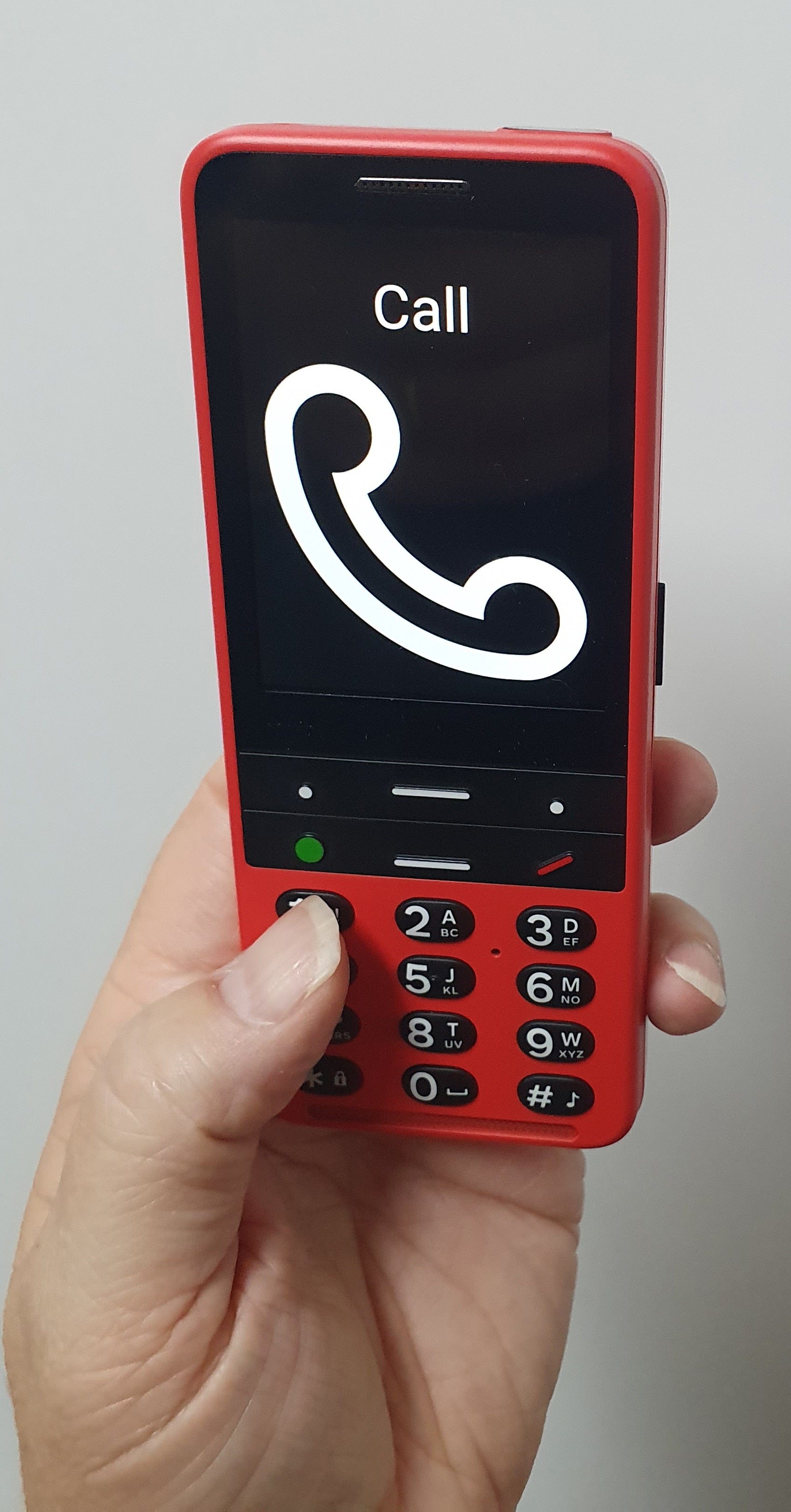OCR Devices for the Blind: Turning Print to Speech in Real-Time
Discover Ingenious Tools Created for the Visually Impaired
The growth of cutting-edge tools for the visually impaired represents a significant innovation in access and self-reliance. Technologies such as wise glasses with AI abilities and mobile applications developed to offer acoustic descriptions are improving everyday experiences for users. Additionally, wearable tools that employ haptic responses improve environmental understanding, while contemporary Braille developments supply new ways to involve with text. As these devices continue to evolve, their influence on the lives of those with aesthetic disabilities raises essential questions regarding the future of inclusivity and freedom in numerous aspects of life. What lies ahead in this technical landscape?
Smart Glasses for Navigating

Smart glasses designed for navigation are transforming the method aesthetically impaired people communicate with their atmosphere. These innovative devices utilize a mix of camera technology, expert system, and acoustic feedback to provide real-time details about environments. By employing challenge detection systems, clever glasses can signal users to prospective risks, allowing much safer wheelchair in both familiar and unknown setups.
The integration of GPS technology further improves navigating capabilities, enabling users to get auditory directions as they move. This hands-free approach not only fosters self-reliance yet also empowers aesthetically impaired people to navigate city landscapes with raised confidence. Additionally, lots of wise glasses are equipped with functions that determine spots and road signs, providing contextual details that boosts the individual experience.
In addition, the growth of these devices is consistently progressing, with companies functioning to boost the accuracy of item acknowledgment and expand the array of navigational attributes. As smart glasses come to be extra economical and available, they hold the possible to dramatically transform day-to-day live for aesthetically damaged customers. Eventually, these cutting-edge tools stand for an essential step towards inclusivity, offering boosted movement and a greater feeling of autonomy for people navigating the world around them.

Mobile Apps for Daily Living
Just how can mobile applications improve the day-to-days live of visually impaired individuals? Mobile apps are reinventing the means aesthetically impaired users navigate their settings, manage day-to-day tasks, and gain access to details. These applications supply vital assistance with various capabilities, cultivating independence and improving lifestyle.
A number of ingenious mobile apps are developed particularly for day-to-day living. As an example, applications like Be My Eyes link visually impaired individuals with sighted volunteers by means of video clip calls, allowing them to get real-time aid with tasks such as reviewing labels or navigating strange areas. In A Similar Way, Seeing AI, created by Microsoft, makes use of expert system to define environments, read message, and identify items, properly changing a mobile phone right into a powerful tool for day-to-day support.
Additionally, navigating apps tailored for the aesthetically damaged, such as Aira and BlindSquare, offer audio-based instructions and ecological information, allowing users to traverse their environments securely and with confidence. Beyond navigation and instant help, mobile applications also support company and task administration, with attributes that assist users set tips, create order of business, and track consultations. In recap, mobile applications work as indispensable resources, equipping visually impaired individuals to lead even more independent and fulfilling lives.
Wearable Technologies for Aid
Empowerment with innovation is progressively apparent in the realm of wearable devices designed to assist visually damaged individuals. These cutting-edge tools incorporate seamlessly into life, enhancing navigation and supplying necessary responses to individuals. Wise glasses furnished with cameras can recognize faces and read message aloud, enabling customers to engage even more with confidence in social and expert setups.
One more remarkable development is click site using haptic feedback systems in wearable tools. These systems make use of resonances or various other responsive signals to communicate information regarding the customer's environment, such as obstacles or adjustments in terrain, enhancing wheelchair and safety and security. Wearable modern technologies additionally consist of wristbands that connect to smart devices, informing customers to notices with refined resonances, hence improving connection without reliance on visual cues.
As these innovations proceed to develop, they are not just enhancing self-reliance for visually impaired people yet also promoting a higher sense of inclusion in society. By connecting the gap in between obstacles encountered in day-to-day living and the potential for autonomy, wearable modern technologies function as essential devices in the quest for equality and empowerment for those with aesthetic disabilities.
Sound Description Tools
Audio description tools play a vital function in boosting ease of access for visually impaired individuals, giving them with the capability to involve with visual media. Speech-to-text devices for low vision. These tools provide narrated summaries of vital aesthetic components in movies, tv shows, and live efficiencies, ensuring that individuals can fully comprehend the context and feelings shared through visuals
Audio description can be integrated into numerous systems, consisting of Website streaming solutions, cinema screenings, and live cinema. Several popular streaming services now include audio summary as an accessibility attribute, allowing customers to choose it quickly. Along with conventional media, specialized applications additionally exist, supplying audio summaries for art exhibits, galleries, and various other cultural occasions.
The performance of audio summary depends upon the ability of the narrators, who should share visual information succinctly without taking away from the original sound. Developments in this here are the findings field are likewise paving the way for even more individualized experiences, where users can adjust the level of information and pacing according to their preferences.
Braille Innovations and Tools
Braille gadgets and advancements have actually dramatically changed the way visually impaired individuals interact with message and information. Modern innovations have led to the growth of functional tools that improve literacy and independence among individuals.
In addition, portable Braille notetakers integrate traditional Braille input with contemporary capabilities, promoting note-taking, scheduling, and record modifying on the go. Screen readers for the blind. These compact gadgets often feature text-to-speech capabilities, bridging the space in between Braille and acoustic info
On top of that, cutting-edge Braille printers have actually arised, allowing customers to create Braille tags, documents, and educational products effectively. This ease of access fosters better participation in specialist and instructional environments, inevitably advertising inclusivity.
Moreover, research study into clever Braille innovations proceeds to expand. Devices that incorporate artificial knowledge are being checked out to supply real-time navigating help and contextual info, enhancing the user experience in varied settings. Overall, these developments show a dedication to equipping visually damaged individuals through technology, guaranteeing they can easily access and engage with the world around them.

Final Thought
The development of cutting-edge tools for the aesthetically impaired significantly improves independence and high quality of life. These modern technologies not just foster greater incorporation but likewise promote freedom in daily activities, inevitably adding to a more obtainable and fair society for aesthetically damaged individuals.
As clever glasses become a lot more economical and easily accessible, they hold the potential to significantly transform everyday life for aesthetically damaged users. Mobile applications are revolutionizing the way aesthetically impaired individuals browse their settings, handle everyday tasks, and accessibility details. Applications like Be My Eyes link aesthetically impaired customers with sighted volunteers using video clip calls, permitting them to get real-time help with jobs such as reviewing tags or navigating unknown areas.In addition, navigation apps tailored for the visually impaired, such as Aira and BlindSquare, use audio-based instructions and environmental info, enabling users to traverse their environments safely and confidently.The development of ingenious tools for the aesthetically damaged significantly boosts self-reliance and quality of life.